Welcome to this complete guide on what a Wolf Spider looks like, but more importantly; what to do if you receive a wolf spider bite.
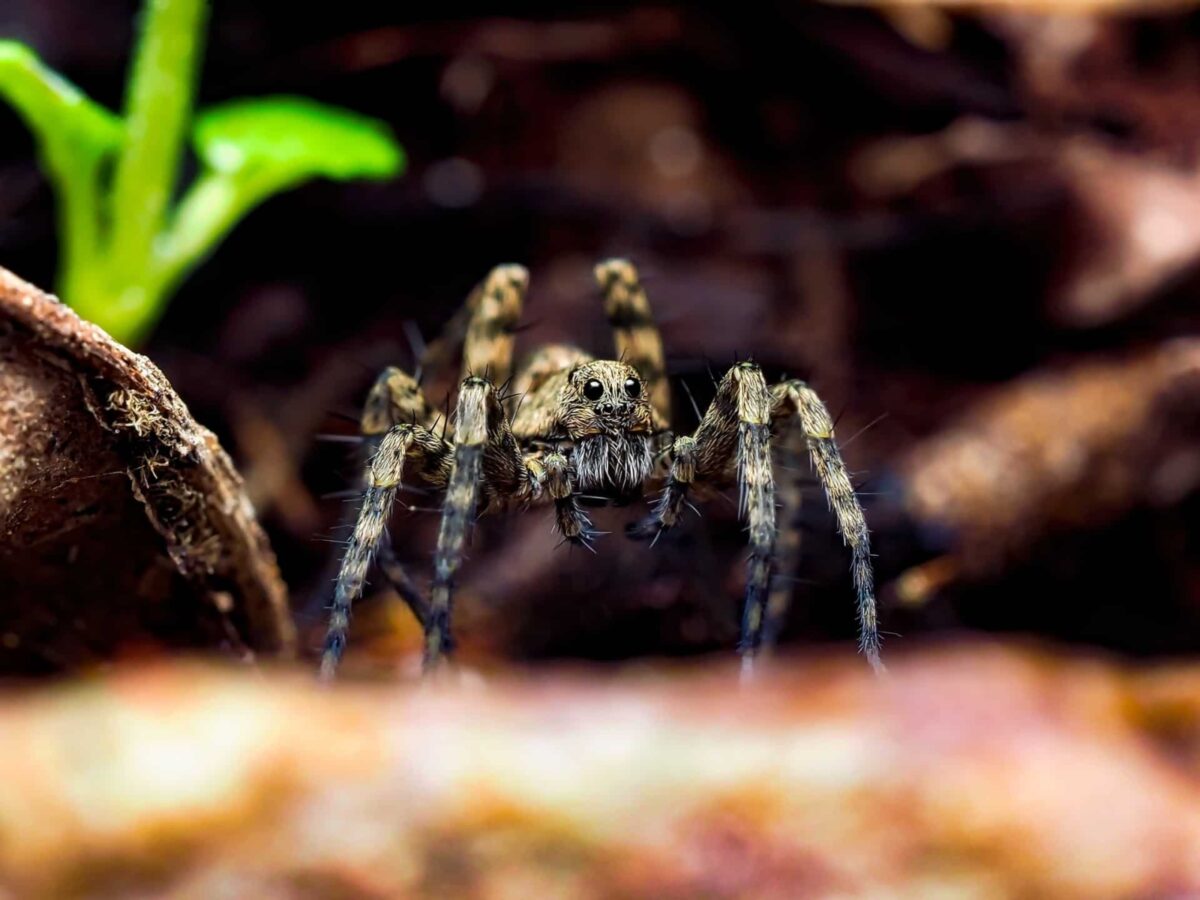
Spiders are terrifying creatures that are known to be featured as spooky critters, thanks to their horrifying appearance that scares humans to the core.
Want to compare to another spider bite? Considering how scary a spider looks, have you ever wondered what a spider bite would feel like? If you take it from us, it is certainly not something you would ever want to experience.
From mild to lethal, spider bites may vary from one species to another. The wolf spider is one such creature whose bite may not be strong enough to kill a human, but still powerful enough to lead to severe fatigue, soreness, and itchiness.
The allergic reaction to a wolf spider bite may lead to prolonged pain and swelling, making you feel uneasy in the infected area for a long time.
Therefore, to avoid a wolf spider bite, one must be aware of their nature and survival mechanisms in order to stay informed about the circumstances when a spider bites.
Why Spiders Bite
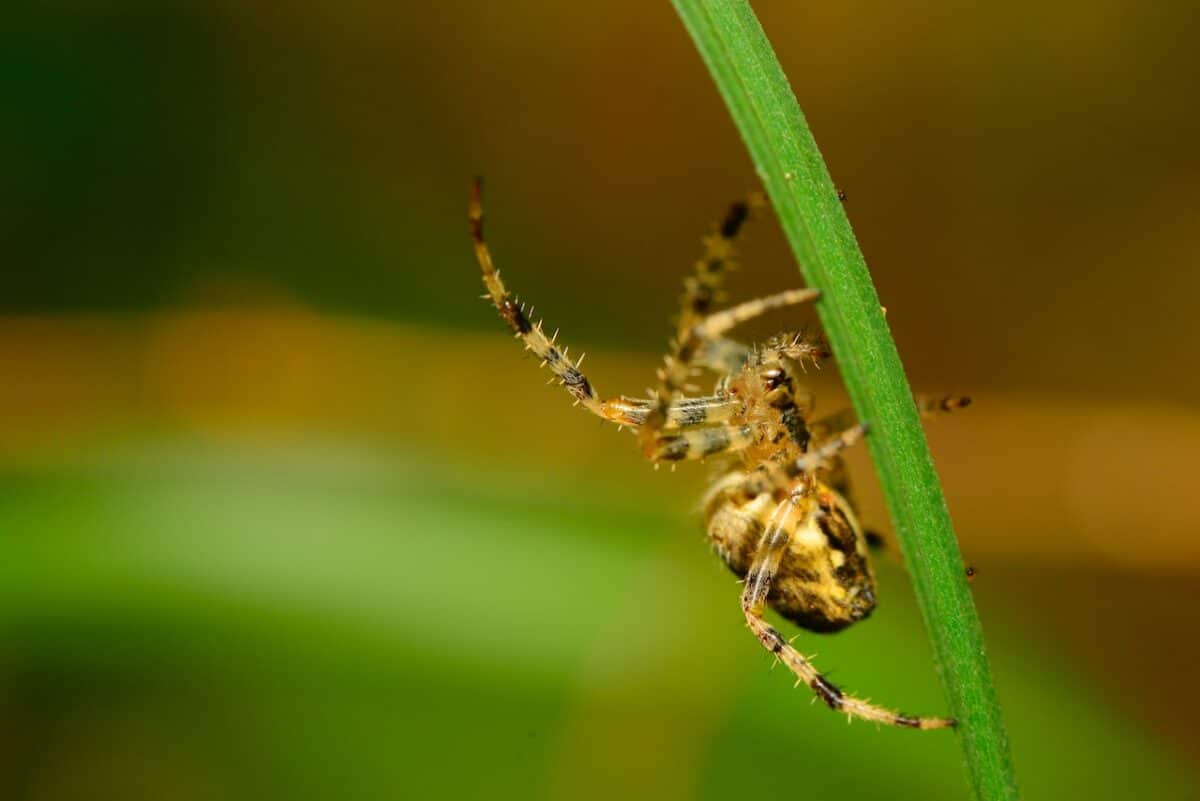
Spiders bite as a means of self-defense or to capture prey. If a spider feels threatened, it may bite in order to protect itself.
However, not every spider has the natural ability to attack and bite. Only a few species bite when exposed to some danger or threat.
For instance, spiders like Wolf, Brown Recluse, Black Widow, Camel, and Hobo Spiders are the most likely to bite you if they feel threatened.
Besides, most spiders are not dangerous to humans. Venomous species may be dangerous, but they will typically only use their venom to subdue prey.
Moreover, their fangs allow them to hunt insects and prey on them. Among more than 50,000 species of spiders, only a few have fangs that are able to penetrate human skin.
Now that you are aware of what triggers a spider to bite, let’s dive into what a wolf spider bite looks like and the dangers it poses to humans.
Appearance Of A Wolf Spider Bite
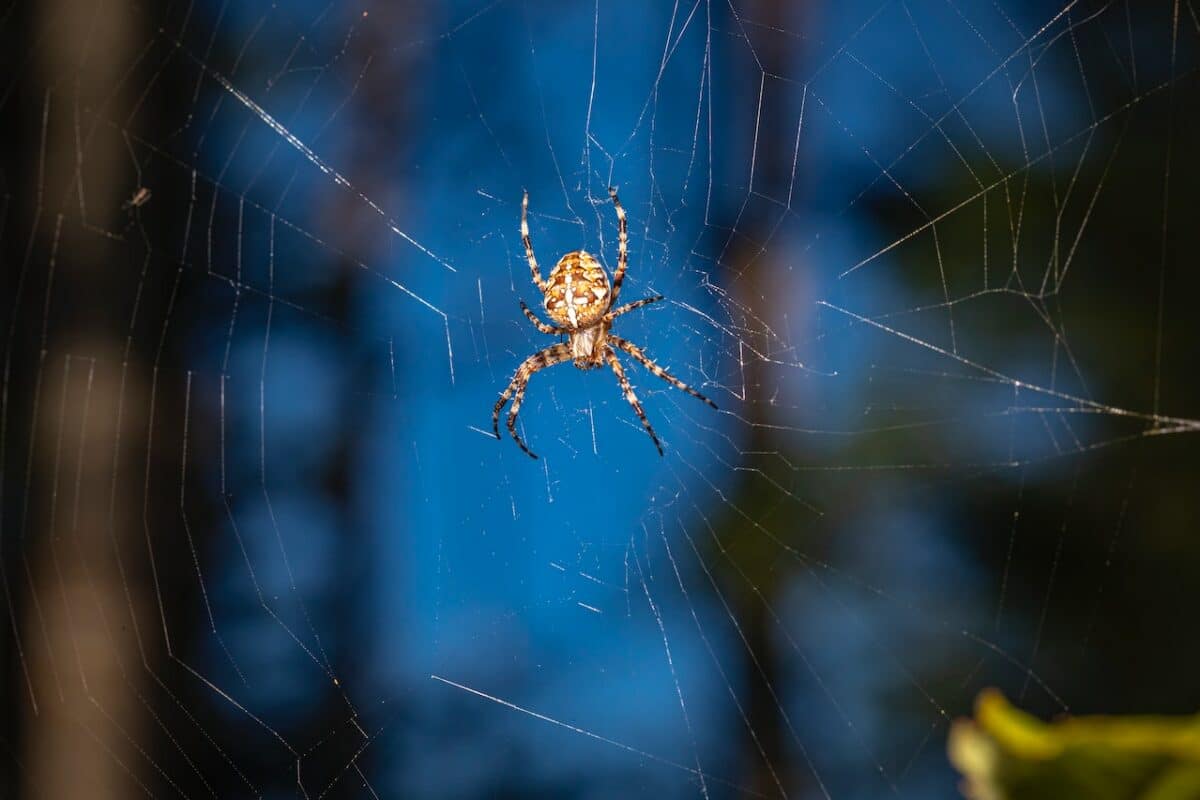
A wolf spider bite usually leaves two dot-like marks on the skin from their fangs. The skin may appear to be slightly ripped and bear fang-like markings from the bite.
Moreover, a wolf spider bite may appear red and swollen and feel painful. The bite may also feel itchy and warm and develop into a blister.
However, identifying whether you’ve been bitten by a spider may be daunting unless you know what a wolf spider looks like.
Wolf Spider Appearance
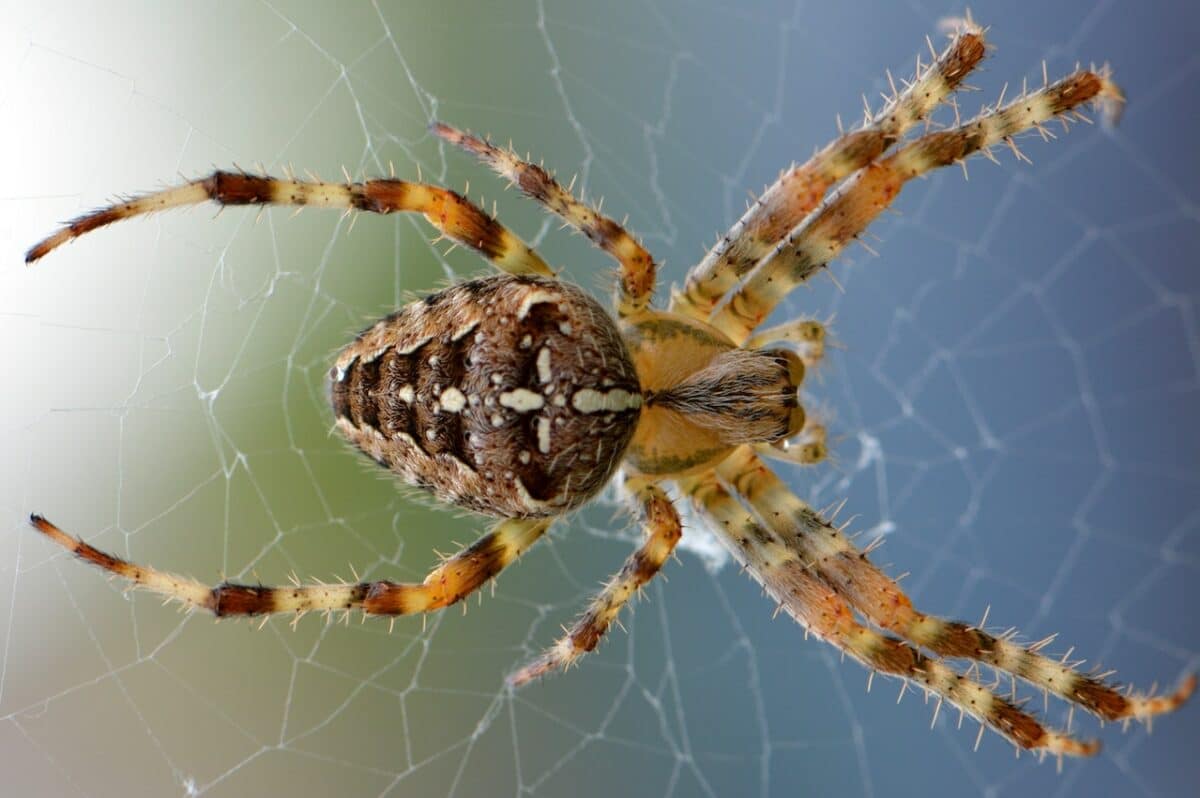
Wolf Spiders have brown or gray coats with stripes and pale markings on their back. Their coloration depends on the region in which they live.
They come in different sizes, ranging from 0.5-2 inches (around 10-35 mm). In addition, they have eight eyes arranged in three rows. The unique arrangement of eyes is what makes them identifiable.
Also, they have four tiny eyes in the third row, two big eyes in the middle row, and two medium-sized eyes in the top row. This allows them to be easily distinguished from nursery web spiders.
If you spot a spider, you can easily identify if it is a wolf spider by using a flashlight. They reflect light from their huge eyes back to the source of light, which results in a glow in their eyes.
This reflective mechanism is due to the presence of a retroreflective tissue called tapetum lucidum. The tissue is present in the top and middle row of the eyes and is the reason for the reflection of light, producing what seems like an eyeshine.
With these characteristics, they have the third-best eyesight among every other species of spider.
Confusion with Brown Recluse Spiders
However, people usually confuse them with brown recluse spiders due to their size and color. But the brown recluse spider is way more terrifying as it is far more venomous than the wolf spider.
You can distinguish between the two species because the brown recluse spider has a head shaped like a violin. They are usually brown and have darker markings at the back of their violin-shaped heads.
Now that you are aware of their appearance, you must know what places to avoid in order to prevent getting bitten by a wolf spider. So, let’s dig in to learn about the places these critters dwell in.
Where To Find A Wolf Spider

Wolf spiders are seen all over the world and can live in a myriad of habitats. They are common in many parts of North America, South America, Africa, Europe, Asia. They are likewise common in Australia, where some species are venomous and can cause severe reactions.
Generally, they are found in fields, deserts, and forests, but they can equally be spotted in prairies, and grasslands. They are also known to be common residents in many homes, living in undisturbed areas.
Wolf spiders are able to climb smooth surfaces and can often be found near the ground and in vegetation. They are often spotted in gardens and near rocky outcroppings.
They are nocturnal species, generally active at night and spend their days hiding in burrows or under rocks, logs, and other debris.
Fun Facts
Wolf spiders are a rather fascinating species with unique and distinctive behaviors out in the wild. Their characteristics make them terrifying as well as an interesting species of the spider family.
Some of the most compelling facts regarding wolf spiders and their bites include the following:
- A wolf spider bite is relatively rare, as these spiders are not typically aggressive toward humans.
- Unlike most other spiders, wolf spiders do not spin webs to catch prey, but rather hunt for their food.
- They are fast runners.
- They have good eyesight and are able to see in low light conditions.
- They can climb smooth surfaces.
- Female wolf spiders bear their egg sacs connected to their spinnerets and will defend them aggressively if threatened.
- After mating, male wolf spiders often die soon after.
- Wolf spiders are seen all over the world in a variety of habitats and are common residents in human dwellings.
- Wolf spider venom is not considered toxic to humans, and most bites result in mild symptoms.
- Some people may be allergic to wolf spider venom. In extreme cases, medical treatment may be required.
Bite Symptoms
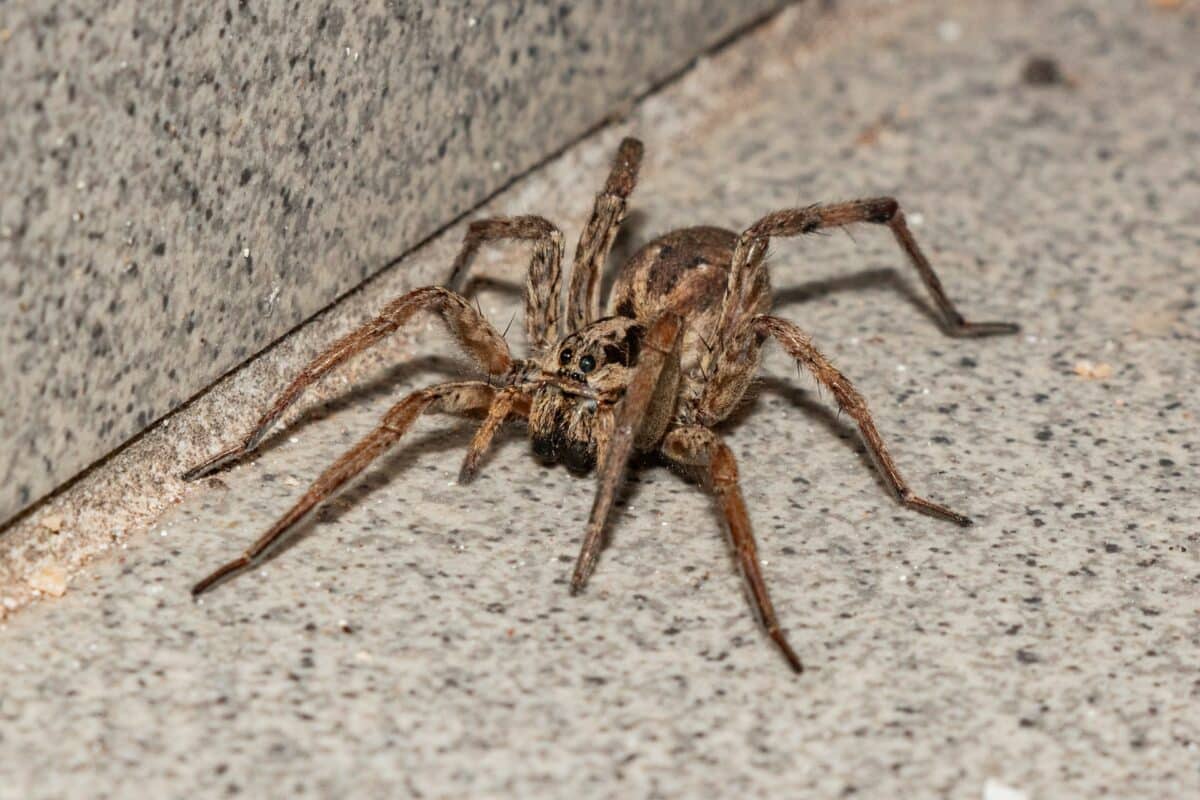
It is rather important to note that serious reactions to a bite by these spiders are rare. However, a person may develop an allergic reaction to the spider’s venom.
Besides, wolf spider bites can cause a variety of symptoms. In normal circumstances, these may include itchiness, redness, pain, and a burning sensation.
Systemic symptoms include nausea, mild headaches, fever, muscle pain, and swollen lymph nodes.
The most common symptoms of a wolf spider bite include the following:
#1 Pain
Due to their large bodily structure, wolf spider bites can be rather painful. This is because of their large fangs that tear up the skin, which can potentially cause it to become infected and the lymph nodes to swell.
The pain caused due to the bite may prevail from minutes to days, depending on whether the person is severely allergic or has a weak immune system.
#2 Swelling
Swelling is another common symptom of a wolf spider bite. In fact, it is a symptom that comes with almost any insect bite.
It is the result of the venom and penetration of the huge spider fangs that causes the skin to appear swollen.
#3 Itchiness
The bite may be itchy in the infected area. But the prickly sensation does not last long; it goes away as the skin begins to heal.
#4 Redness
Wolf spider bites also result in redness around the infected area, and you might be able to see a red bump on your skin. Redness will increase if you rub your skin due to itchiness. Therefore, you must avoid rubbing or scratching your skin vigorously.
Seek immediate medical attention if the symptoms become too severe.
Symptoms for an allergic reaction may include:
- A bump that looks like hives due to an increase in size.
- Swelling around the mouth.
- Unconsciousness or dizziness.
- An extension of the red line from the bite is an early indication of blood infection.
- Having tight muscles or cramping near the bite.
- Headache.
- Sweating.
- Vomiting or nausea.
- Fever.
- Rash that spreads outwards from the bite causing itchiness.
- Uncontrollable shaking or weakness.
If these symptoms occur to you, you must seek medical attention immediately.
However, it is essential to note that some people may not feel the bite or may not even experience any symptoms at all. This can make it difficult to know if a bite has occurred, and it’s best to err on the side of caution and clean the infected area with soap and water and apply an antiseptic to prevent infection.
Keep reading to learn about the various ways to treat a wolf spider bite with mild and severe symptoms, either at home or by a medical expert.
Treatment for a Wolf Spider Bite
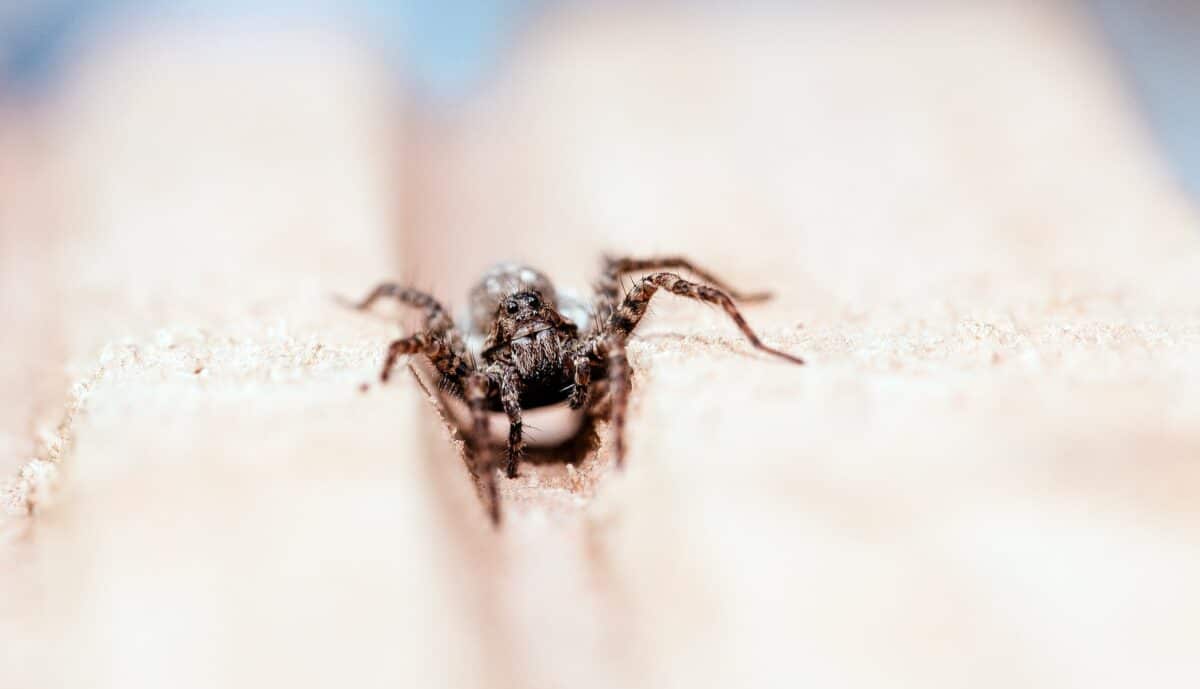
The treatment of a wolf spider bite requires similar measures that you would take for any other insect bite. These may include the following:
- Gently clean the area of the bite with soap and warm water.
- Bandage the bite to avoid infection.
- Apply ice to reduce swelling.
- Avoid scratching as it highly increases the risk of infection.
If the bite of a wolf spider becomes very uncomfortable and itchy, consult a doctor for treatment. A medical expert might give you the following treatment in worse cases:
- Prescribe stronger antihistamines to reduce itching.
- Give a booster of tetanus for protection.
- Prescribe antibiotics to reduce or prevent infection.
- Recommend surgery if the wound gets deep with infection and any other treatment is ineffective – this is the very last resort of treatment.
The individual effect and use of antihistamines are described as follows:
Antihistamines
A doctor prescribes antihistamines to reduce swelling and itching. They help relieve sneezing and runny nose in case you catch a cold.
Also, antihistamines block a chemical in your body called histamine, which is responsible for making the tissues itch and swell. In case of a wolf spider bite, a quick-acting antihistamine, such as diphenhydramine (Benadryl), is prescribed. Note that it may lead to drowsiness.
If you’re curious to know more about the reactions of antihistamines, click here.
To relieve you of the trouble of treating a wolf spider bite, let us help you navigate the preventative measures that can help you keep away from a wolf spider bite and, thus, also from the hassle of seeking medical attention.
Prevention
To avoid their encounter, a person must strictly abide by the following measures if exposed to wolf spider habitats:
- Carry a flashlight if it’s dark to spot wolf spiders.
- Shake out items like boots, boxes, and clothes before using them.
- Clear clutters in the home to avoid providing a place for wolf spiders to hide.
- Make noise to warn spiders about your presence.
- Take extra care in areas like garages, sheds, and lofts.
- Be careful around greenery and piles of leaves.
- Insulate windows, doors, and attics to prevent wolf spiders from entering the house.
- Wear pants and long sleeves while going out.
The Final Say
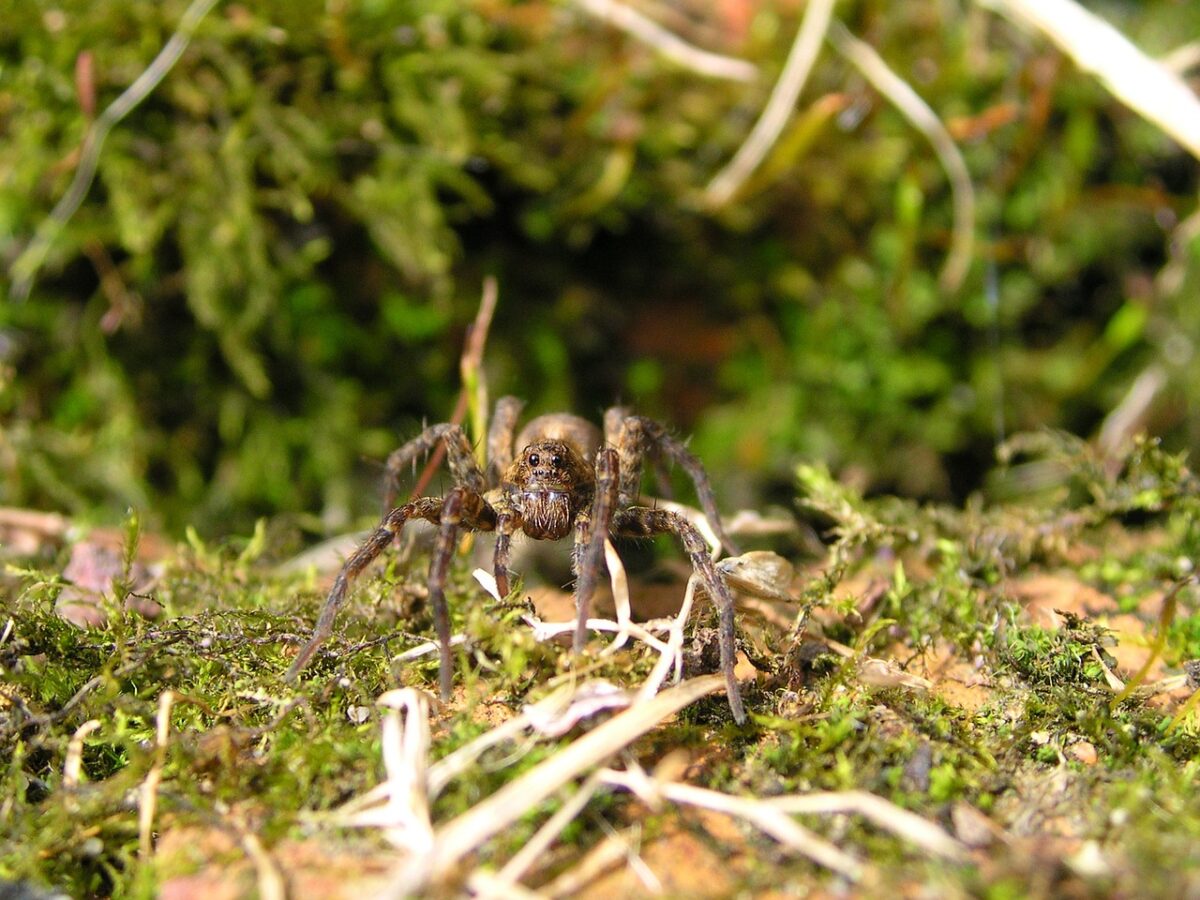
| KEY POINTS |
| Spiders bite as a means of self-defense or to capture prey. |
| A wolf spider bite usually leaves two dot-like marks on the skin that indicate penetration of their fangs in the skin. |
| Wolf spiders are generally found in terrestrial environments, such as fields, forests, and deserts. |
| Wolf spider bites can cause varying symptoms such as pain, itchiness, burning sensation, and redness. |
| The signs of a wolf spider bite to a person who is allergic to its venom are far worse than to a non-allergic person. |
| It’s best to clean a wolf spider bite with soap and water and put on an antiseptic to prevent infection. |
| In extreme cases, medical experts may prescribe stronger antihistamines, give a booster of tetanus, prescribe antibiotics or recommend surgery if the wound gets deep with infection. |
Thank you for reading this article! Now that you’re an expert on Wolf Spiders, why not get more closley acquainted with Where To Find Tarantula Spiders.
- Magpie Bird Is Reunited with Her Dog Best Friend - April 24, 2024
- Dog Saves Another Dog From Drowning in Fish Pond - April 23, 2024
- Man On Motorbike Rescues Cat From Highway - April 23, 2024


